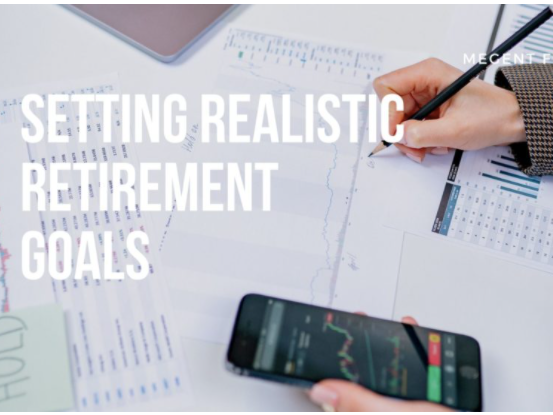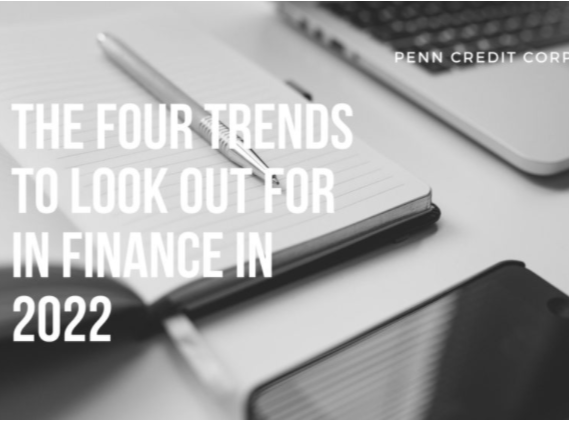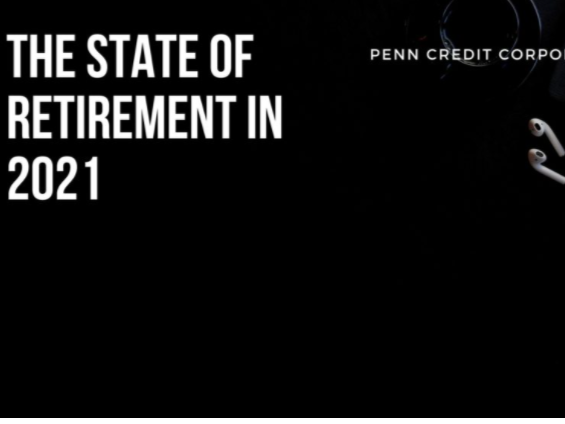How to Prioritize Debt in the New Year

Even though your debt may seem overwhelming, you can create a plan for getting it under control. This should start with creating an actionable monthly budget that you can follow throughout the year. Be sure you have enough money to cover your living expenses and the minimum payments on your loans and credit card debts. Your budget will form the basic structure for improving your financial situation.
Check Your Credit Report
You should check your credit reports with the three main credit reporting bureaus once every year. This will help you identify the debts you need to pay off. More importantly, it will help you find errors and instances of potential identity theft. If you find a debt that seems unfamiliar to you, be sure to report it right away. Getting an erroneous debt removed from your credit report will give your rating a boost.
Sign Up For Automatic Payments
If you have the same payments each month, signing up for automatic bill pay can help you ensure those payments are always made on time. This is important because a single late payment on anything can negatively hit your credit report. It can also bring your rating down even lower. By making your payment on time each month, you’ll also avoid late fees that can otherwise increase the amount you owe.
Start Paying Down Your Debts
It may be worthwhile to contact your creditors to find out if they will reduce the amount you owe, stop charging interest, or give you longer to pay. Any assistance you can get will help you pay what you owe sooner. To begin, you can choose to pay off the smallest debt first, or you can pay off the creditors that charge the highest interest first. Either strategy will help you pay everything off by giving you more disposable income with each fully paid debt.
After you have achieved debt-free status, you should begin depositing your disposable income into savings accounts. Some of that money should go into a high-interest savings account, which you can use to cover financial emergencies. The second half of your disposable income should go into a retirement investment account, such as a 401k or IRA. This will help you in starting to meet your retirement goals to ensure you’ll have a financially stable future.








